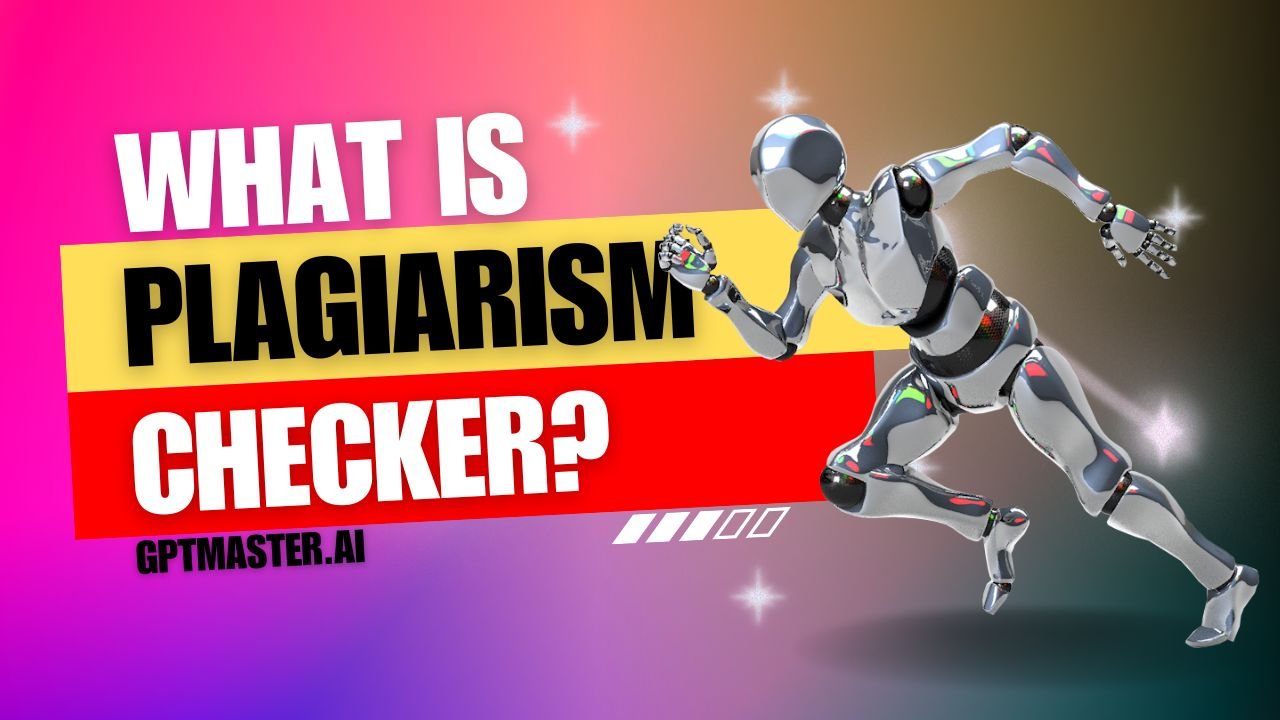Introduction
As the volume of information available online continues to grow exponentially, the risk of inadvertent plagiarism has increased. Writers and researchers often struggle to keep track of their sources, leading to potential instances of unintentional plagiarism. This is where plagiarism checkers come into play, offering a reliable solution to detect and mitigate plagiarism before it becomes a more significant issue.
What is a Plagiarism Checker?
A plagiarism checker is a software tool designed to detect similarities between a given text and a vast database of online sources, academic publications, and previously submitted works. By utilizing advanced algorithms and pattern recognition techniques, these tools can identify instances of verbatim copying, paraphrasing without proper attribution, and other forms of plagiarism.
Key Features of Plagiarism Checkers
While plagiarism checkers may vary in their specific offerings, most reputable tools share a set of essential features:
- Comprehensive Database: Access to a vast database of online sources, academic journals, books, and previously submitted works, ensuring thorough plagiarism detection.
- Paraphrasing Detection: Ability to identify instances where content has been paraphrased or rewritten without proper attribution, beyond just verbatim copying.
- Plagiarism Percentage: Calculation of an overall plagiarism percentage score, providing a quantitative measure of potential plagiarism.
- Source Citation: Identification of the original sources from which the matched content was derived, allowing for proper citation and attribution.
- User-Friendly Interface: Easy-to-use platforms with options for copy-pasting, file uploads, or URL submissions, catering to various user preferences.
- Privacy and Security: Assurance of data privacy and security, with no storage or sharing of submitted content, protecting sensitive information.
How to Use a Plagiarism Checker
Utilizing a plagiarism checker is a straightforward process, but it’s essential to follow best practices to ensure accurate and meaningful results. Here are the key steps:
Submitting Text for Checking:
- Copy and paste your text into the plagiarism checker’s input box, or upload the file containing your document.
- Some checkers allow you to enter a URL to scan web content directly.
- Exclude sections like the bibliography or title page if needed, as these may trigger false positives for plagiarism.
Running the Plagiarism Check:
- Click the “Check Plagiarism” or equivalent button to initiate the scan.
- The checker will compare your text against its database of billions of web pages, academic publications, and previously submitted works to detect similarities.
- Advanced algorithms identify not just verbatim copying but also paraphrasing without proper attribution.
Reviewing the Results:
- The checker will provide a plagiarism percentage score indicating the overall similarity level.
- Highlighted sections of your text will show matches found in other sources, along with links to those original sources.
- Review the highlighted areas carefully. Properly cited quotes or common phrases may be falsely flagged.
- Use the “Compare” feature to see the original source text for any plagiarized content.
- Make necessary revisions, ensuring all borrowed content is properly cited and paraphrased.
It’s crucial to interpret the results carefully, as plagiarism checkers detect similarities, not plagiarism itself. A human review is often required to determine if flagged text constitutes actual plagiarism or falls within acceptable citation practices.
Conclusion
Plagiarism checkers are invaluable tools to help writers and researchers ensure their work is free from unintentional plagiarism. By utilizing these powerful software solutions, individuals can confidently submit their work, knowing that they have taken proactive steps to maintain academic integrity and avoid potential consequences of plagiarism.
Remember, while plagiarism checkers are highly effective, they should be used in conjunction with proper citation practices and an understanding of academic integrity policies. By combining these tools with diligent research practices and a commitment to ethical writing, writers and researchers can navigate the complexities of academic writing with confidence and credibility.

